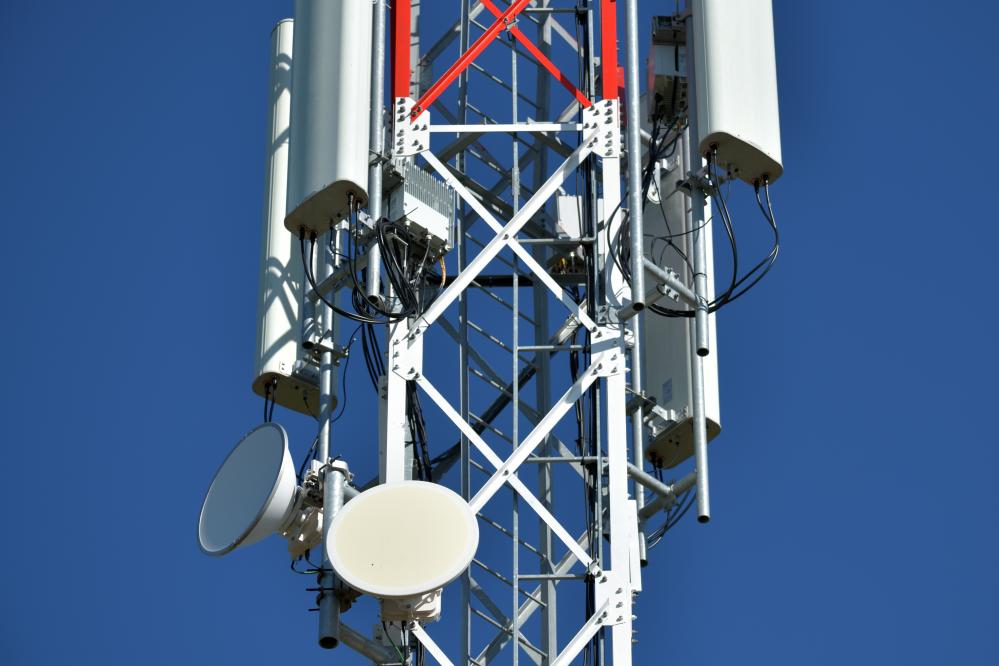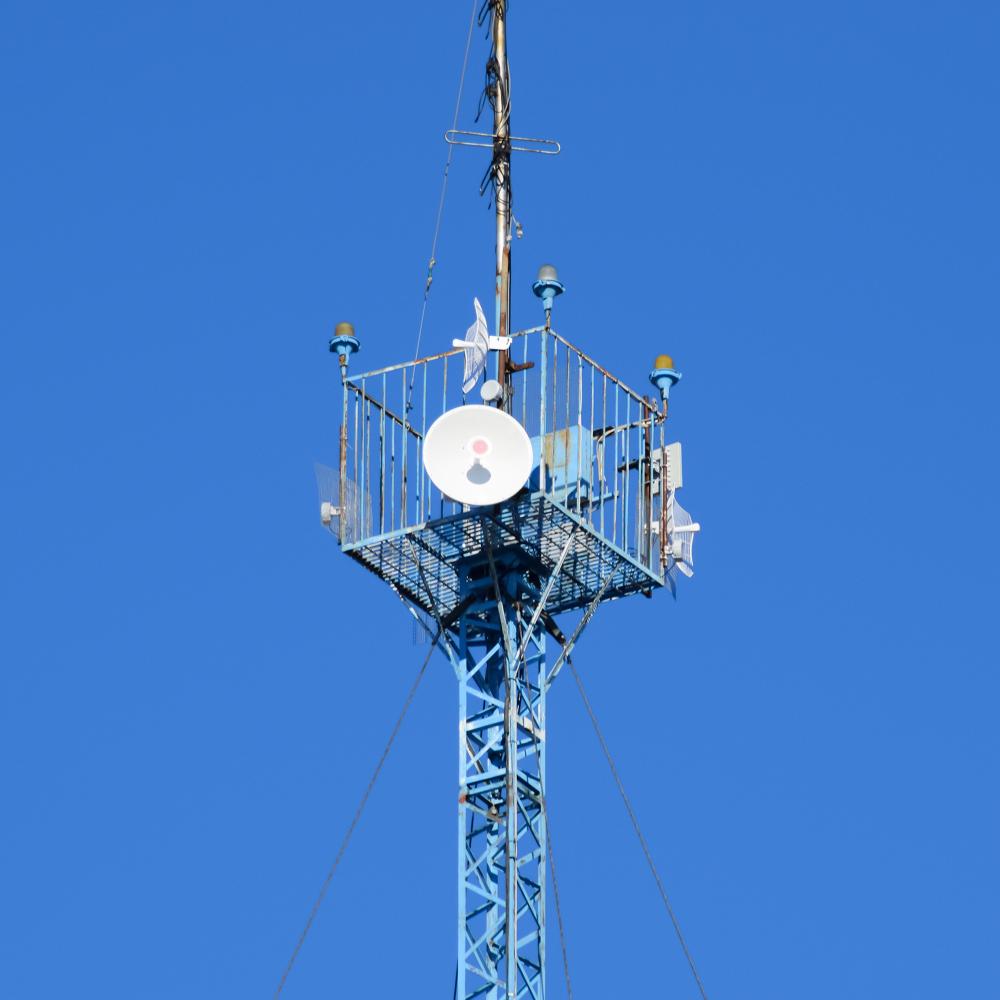
An Overview of Telecommunications Equipment
Telecommunications Equipment serves as the backbone of our digital society, facilitating the exchange of vast amounts of data across various platforms and devices every day. From the earliest days of telegraphs and telephones to today’s smartphones and high-speed internet, this equipment has evolved significantly. It’s a fascinating field that intertwines the realms of technology and connectivity, shaping how we communicate and interact globally.
As someone who’s spent over 20 years in the industry, working with Synergy Components, I’ve witnessed firsthand the growth and transformation of Telecommunications Equipment. The fascinating journey has taken us from bulky analog devices to compact, powerful digital systems that have dramatically altered the communications landscape.
Types of Telecommunications Equipment
Telecom equipment can be broadly categorized into several types, each serving a unique purpose in the communication process. These include:
- Public Switching Equipment: This includes devices like digital switches and voice over IP switches, which play a critical role in voice communication.
- Transmission Equipment: Comprising optical fiber, multiplexers, and base transceiver stations, this equipment is essential for data transmission.
- Customer Premises Equipment (CPE): These are user-end devices such as modems, routers, and mobile phones, enabling end-users to connect to networks.
- Wireless Devices: In an age dominated by mobility, wireless devices like smartphones and tablets form a substantial part of telecom equipment.
- Semiconductors: Integral for the function of most telecom hardware, these components include transistors and microprocessors.
Insights from the Field
Working with Synergy Components has provided me with unique insights into the dynamic world of Telecommunications Equipment. I’ve seen how strategic supply chain management can significantly impact equipment production and deployment. For instance, when we aided a major telecom manufacturer by delivering custom power supplies swiftly, it underscored the critical role of agile supply chain solutions in reducing lead times and cutting costs.
During the post-Tohoku earthquake era, Synergy Components assisted clients by sourcing alternative components swiftly, demonstrating our commitment to reliability and trustworthiness even in challenging circumstances. This experience highlighted how resilient supply chain management could ensure business continuity despite unexpected disruptions.
What Are the Common Challenges in Telecommunications Equipment?
Telecommunications Equipment faces several challenges, often related to technological advancements, regulatory compliance, and market demand fluctuations. One prominent issue is the rapid pace of technology evolution, which necessitates continuous upgrades and innovations to keep equipment relevant.
Compliance with regional and international regulations can also be daunting, as different territories may have diverse requirements for telecom hardware. Moreover, the constantly shifting market demand can pose challenges for forecasting and inventory management, influencing both production strategies and supply chain logistics.
Tackling these challenges requires a proactive approach, leveraging data analytics for forecasting, and maintaining flexible supply chain operations to adapt to market changes efficiently.
What Qualifies as a Telecommunications Equipment Emergency?
Telecommunications Equipment emergencies typically involve unexpected system failures or disruptions that impact communication services. Key qualifiers include:
- An abrupt failure of critical infrastructure, such as a network switch or transmission equipment.
- Severe disruptions caused by natural disasters or cyberattacks, affecting a broad communication network.
- Immediate needs for replacement or repair to prevent significant downtime or service loss.
In such emergencies, prompt intervention by skilled technicians, coupled with robust contingency plans, is essential for minimizing operational impacts and restoring services swiftly.
The Future of Telecommunications Equipment
The future of Telecommunications Equipment appears promising, driven by the relentless pursuit of faster, more efficient, and more reliable communication technologies. With the rollout of 5G networks, equipment that supports higher speeds and greater connectivity is now in high demand.
IoT (Internet of Things) is another driving force, necessitating advanced equipment capable of handling trillions of data transactions. The emergence of AI and machine learning in telecom is paving the way for smarter, self-optimizing networks, potentially revolutionizing how Telecommunications Equipment functions and evolves.
As we navigate this future, the adaptability and foresight of industry players like Synergy Components will be paramount in leading the way with innovative solutions and comprehensive services.

How has the evolution of telecommunications equipment impacted global connectivity?
The journey from telegraphs to smartphones has been nothing short of revolutionary. Over the years, telecommunications equipment has transformed from bulky analog devices to sleek digital systems, drastically enhancing global connectivity. This evolution has led to faster data transmission, enabling real-time communication across continents. I’ve witnessed firsthand how innovations in public switching equipment and transmission devices have connected remote areas, bringing the world closer together. As someone who’s been in the field for over two decades, it’s like watching the world shrink, in a good way. Have you ever considered how these changes affect your day-to-day communication?
What are the primary functions of different types of telecommunications equipment?
Telecommunications equipment can be grouped by function: public switching equipment handles voice communication; transmission equipment, including optical fibers, facilitates data transfer; and customer premises equipment connects users to networks. Wireless devices, like smartphones, dominate the personal connectivity space, while semiconductors power these devices. At Synergy Components, we’ve tailored our supply solutions to accommodate these specific types, ensuring seamless communication at each stage. Are there particular types of telecommunications equipment you rely on most for your day-to-day activities?
What are some common misconceptions about telecommunications equipment emergencies?
Many believe that emergencies only involve catastrophic events. However, even minor disruptions can escalate quickly, especially in urban centers where connectivity is critical. I’ve seen how a simple network switch failure can ripple through systems, affecting countless users. Synergy Components has often been the first call during such crises, ensuring our clients’ operations get back online swiftly. It’s crucial to have contingency plans in place for both major and minor disruptions. Does your organization have robust measures to handle such emergencies?
How do supply chain solutions impact the production and deployment of telecommunications equipment?
Supply chain solutions play a pivotal role in the efficiency and cost-effectiveness of equipment production and deployment. At Synergy Components, our strategic management has allowed us to reduce lead times and cut costs, as exemplified by a project where we provided fast, custom-made power supplies. An agile supply chain can mean the difference between timely deployment and costly delays. Considering the rapid evolution of technology, how is your organization preparing to adapt its supply chain to meet future demands?
What challenges does telecommunications equipment face in adapting to technological advancements?
The rapid pace of technological advancement presents a dual-edged sword. While innovation drives growth and capability, it also demands continuous upgrades, which can strain resources. Compliance with both regional and international standards is another hurdle. Leveraging data analytics and maintaining a flexible supply chain are essential strategies for staying ahead. At Synergy Components, we’ve seen how proactive solutions keep our clients competitive. How does your organization manage the balance between innovation and compliance?
How can resilience in supply chains mitigate disruptions in telecommunications equipment services?
Resilient supply chains are vital in mitigating service disruptions. For instance, post-Tohoku earthquake, our swift sourcing of alternative components showcased how robust planning can ensure continuity. A resilient supply chain anticipates risks and adapts strategies to maintain service. By practicing such resilience, telecom providers can safeguard communications even during unforeseen challenges. Are you confident in your supply chain’s resilience to handle potential crises?
What role will emerging technologies play in the future of telecommunications equipment?
Emerging technologies like 5G and IoT are set to redefine telecommunications. With 5G, we expect faster speeds and more reliable connections, which will require new equipment standards. The IoT’s expansion calls for devices capable of handling substantial data transactions efficiently. At Synergy Components, we’re excited to support these innovations by offering tailored solutions that meet the evolving needs. Have you considered how your business will implement and benefit from these emerging technologies?
Why is strategic supply chain management crucial for telecommunications equipment manufacturers?
Strategic supply chain management is crucial as it aligns resources with demand while minimizing costs. In telecommunications, where technology changes rapidly, a strategic approach can lead to significant competitive advantages. Our experience at Synergy Components shows that efficient supply chain solutions can have a direct impact on market responsiveness and customer satisfaction. What strategies are you employing to ensure your supply chain remains agile and responsive?
Resources
- Federal Communications Commission (FCC) – The FCC is responsible for regulating interstate and international communications by radio, television, wire, satellite, and cable in the United States.
- National Telecommunications and Information Administration (NTIA) – The NTIA is the executive branch agency that is principally responsible for advising the President on telecommunications and information policy issues.
- International Telecommunication Union (ITU) – The ITU is the United Nations specialized agency for information and communication technologies, working to connect the world.
- Bureau of Industry and Security (BIS) – The BIS is responsible for implementing and enforcing the Export Administration Regulations (EAR), which regulate the export and reexport of most commercial items.
- National Institute of Standards and Technology (NIST) – NIST is a non-regulatory federal agency that promotes U.S. innovation and industrial competitiveness by advancing measurement science, standards, and technology.

